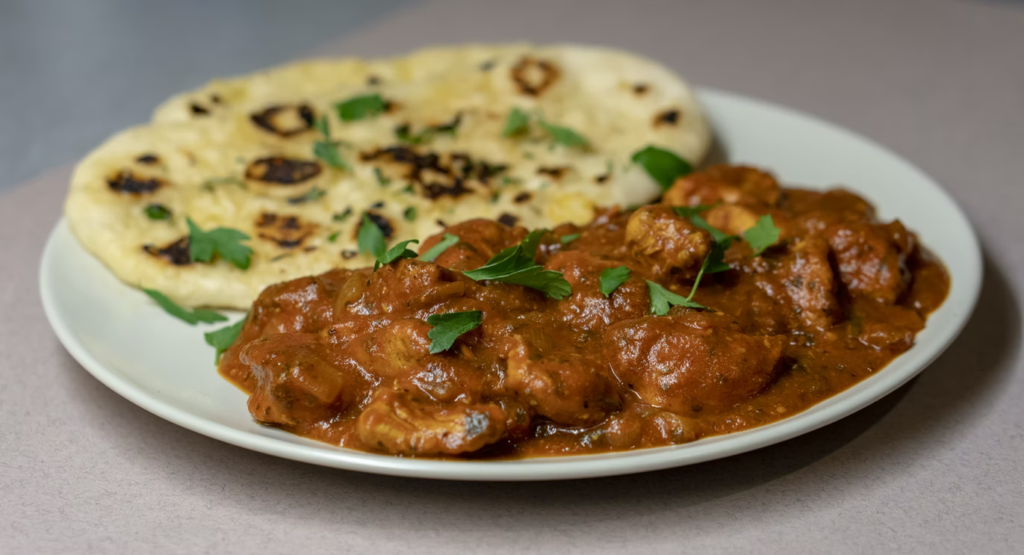Noted gastronome, philosopher, and gourmand, Jean Anthelme Brillat-Savarin once stated, “Tell me what you eat, and I’ll tell you who you are.”
You might think those words are a reach, and you might be correct. However, the reality’s that food plays an integral role in people’s lives. After all, people need sustenance, but there’s much more to food than that.
The food you consume might seem like it originated from thin air. However, there’s a storied history attached to it. Humanity has evolved significantly since its days as a hunter-gatherer civilization. Somewhere in time, people realized there were more efficient and guaranteed ways to get food than through hunting. Eventually, societies began to form as humans gathered together to live in communities. However, most people overlook that these communions developed due to the need to eat. Research shows that humans form communities based on numerous vital facets. However, these facets revolve around an ample water supply that can facilitate crop growth and agricultural practices. Therefore, it’s highly likely that your societal culture and the food you consume derives from the need to eat.
In addition to how food depicts a society’s history, there are numerous other ways it can tell a story about culture.
What Does Food Tell Us About Culture?
Here are some things that food tells us about culture:
Historical Eating Patterns
Every region has a different staple food unique to them. Many people often chalk it up to coincidence, but that’s not the case. The reality is that an area’s staple foods illustrate that society’s historical eating patterns. For instance, you’ll find different cuisine throughout the United States. Head to Louisiana, and you’ll find numerous dishes inspired by French cuisine. After all, the French claimed New Orleans, and their influence persists in the region. Likewise, if you were to venture towards the east board, you would find a different cuisine exists. The Cuban influence is palpable in Miami, with emphasis on seafood.
Cultural Secrets
Components of dishes often tell cultural secrets that you might not have known. For instance, Chicken Tikka Masala is a popular dish in the UK. Ask any British person about Indian cuisine, and Chicken Tikka Masala is one of the first meals they’ll name. The meal sounds like a reminder of the Mughlai culture. However, ironically, its origins trace back to the British. They invented the dish after experiencing a fondness for local Indian cuisine during their rule over the Indian subcontinent.

Food Preservation Techniques
Today, people preserve food in the same way. They wrap it aluminum or plastic and toss it in the fridge or the freezer. However, historically, food preservation techniques varied from region to region. Depending on the local resources and climates, people would utilize different methods. For instance, in Morocco, Khlea is a dried beef dish preserved using spices before being stored in animal fat. The Moroccan natives would use animal fat to store the food because the country’s climate is humid, resulting in food deteriorating rapidly. However, they could preserve the meal for up to 2 years at room temperature using animal fat. Therefore, food preservation techniques also illustrate a society’s culture, providing knowledge that would fascinate archeologists and historians.
Learn More About Food with Irina Bukatik
Irina Bukatik is a food lover and a travel enthusiast. She’s constantly searching for new ways to mesh the two. Visit her website, Wanderlust Food, to learn about the seamless integration of food and culture for those yearning for adventure.